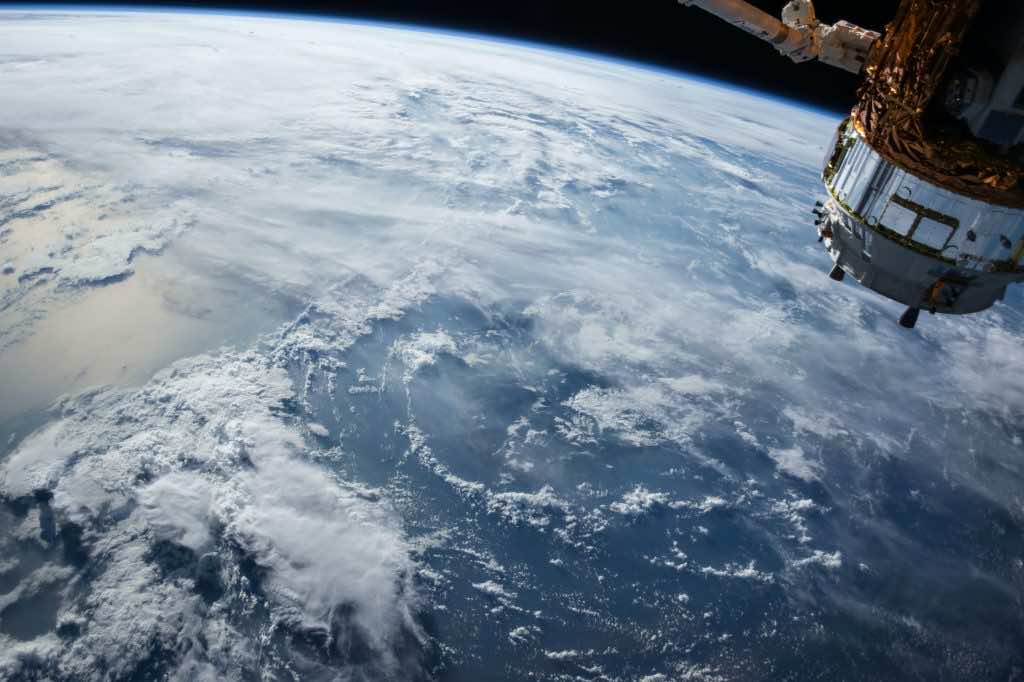NASA was long known to be the pioneer and unbeatable rival for launching the “Hubble Space Telescope” into space, but now after China’s revolutionary entrance into orbit, uncertainty has taken over NASA’s top position in launching the “only” space telescope. China has recently made an announcement that it is all set to set afloat its newly built “Xuntian Space Telescope” from the Chinese space station. The commencement of this telescope is dated for 2023, but the researchers claim that it would be more technologically sophisticated and up-to-date compared to the Hubble Space Telescope.
The tagline of the Xuntian Space Telescope is “survey to the heavens”, which implies that it has the ability to equip researchers with wondrous and minute details of space that haven’t been discovered yet. The Chinese Academy of Sciences said in a press release, “This telescope could provide researchers with new knowledge of distant galaxies, mysterious dark matter and dark energy, and the past and future evolution of the universe.” So, we can culminate from this that it is going to be the most precocious and state-of-the-art technology featuring amazing aspects of space science.
This telescope is capable of capturing panoramic pictures and taking out sky surveys by astronomers. Structural considerations demonstrate that it has a 6.6-foot diameter lens and a 350-times longer field of vision than the Hubble Space Telescope, which was put into practice back in 1990. A project scientist of the CSST Scientific Data Reduction System, Li Ran, said, “We know that our universe is expanding with acceleration and we can calculate its current expansion rate, but it’s still unknown what causes the acceleration. CSST observations may offer answers and unveil new physics. “
On the other hand, NASA’s telescope is 30 years old and equipped with cutting-edge technology without a doubt, but the Chinese telescope can give details as accurate as 1%, equivalent to the size of a fingernail. The expected life of this telescope is 10 years, and it has been decided to launch it into the same space orbit as the Hubble Space Telescope from the Tiangong Space Station, from where it would cover up to 40% of the sky’s surveys.

